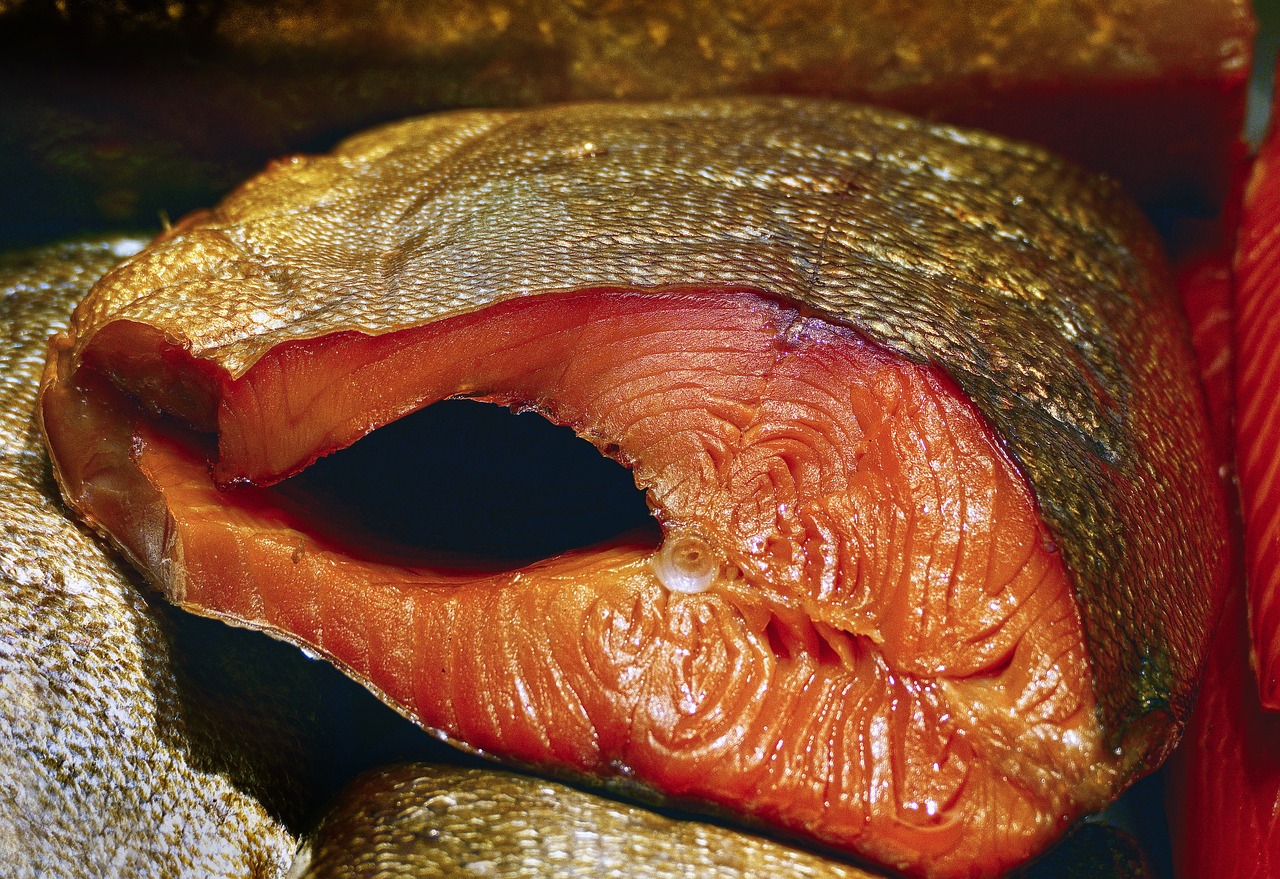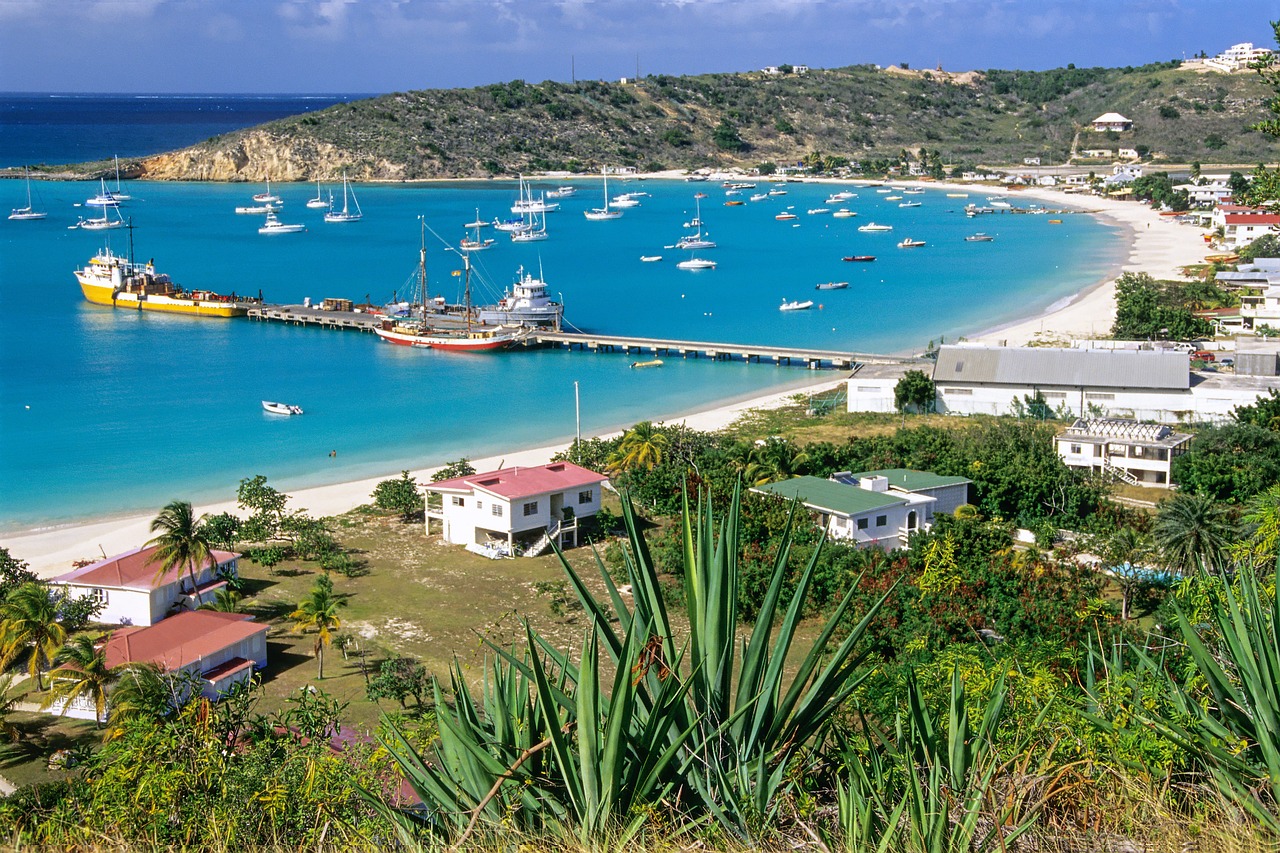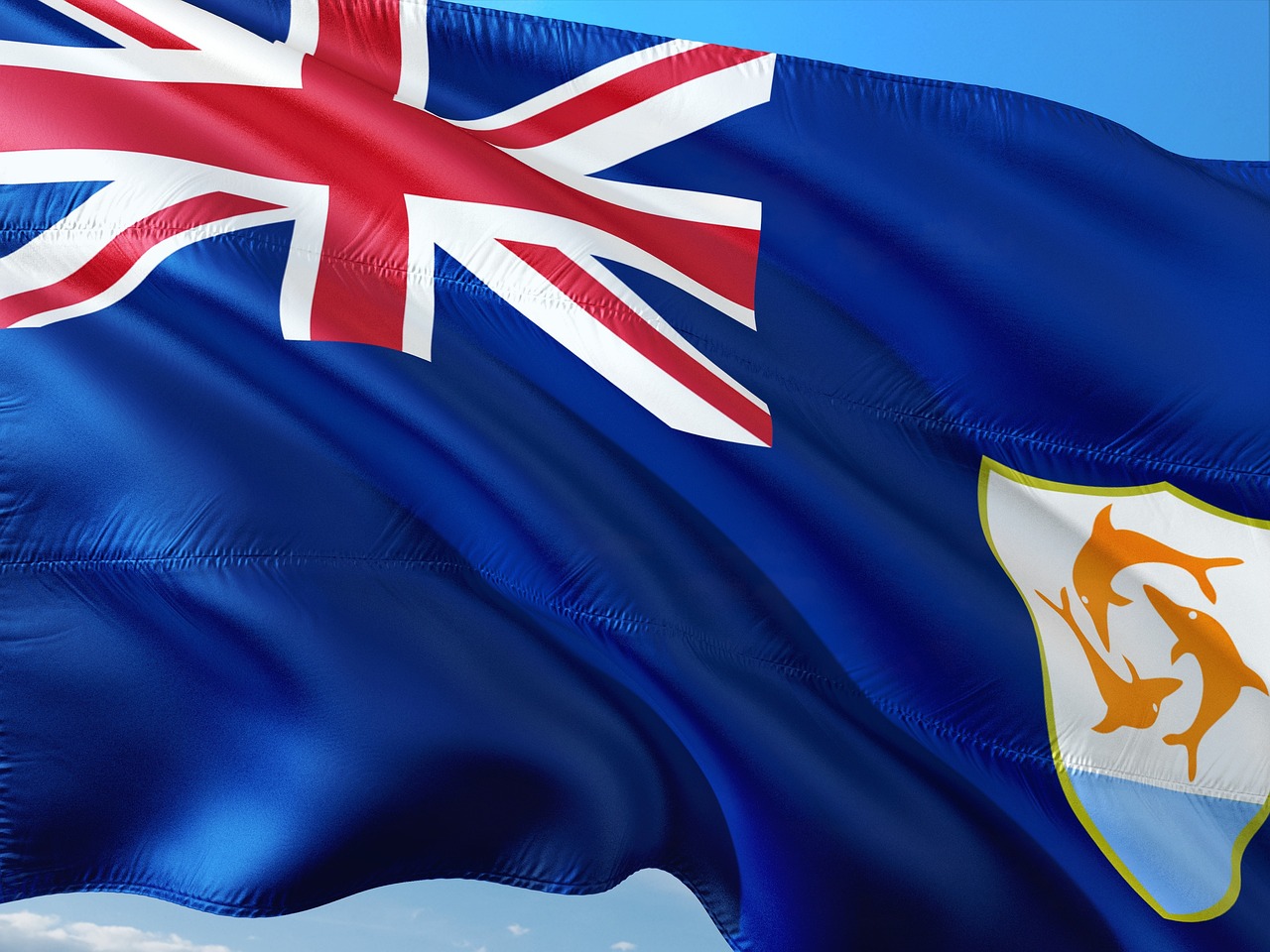Anguilla Video
Discovering the Hidden Gem: Where is Anguilla and Why You Should Visit
Anguilla, a tiny island located in the Caribbean, is often referred to as a hidden gem. Despite its small size, Anguilla offers visitors a unique and unforgettable experience with its pristine beaches, vibrant culture, and warm hospitality. In this article, we will explore the beauty of Anguilla and uncover the reasons why it should be at the top of your travel bucket list.
Section 1: Location and Geography
Anguilla is situated in the Eastern Caribbean, just a few miles north of St. Martin. It is a British Overseas Territory with a total land area of only 35 square miles. Despite its small size, Anguilla boasts 33 stunning beaches, each with its own distinct features and charm. The island is known for its crystal-clear turquoise waters, powdery white sand, and breathtaking coral reefs.
- Anguilla’s geographical coordinates are approximately 18.2206° N latitude and 63.0686° W longitude.
- The island is part of the Leeward Islands in the Lesser Antilles.
- Anguilla is surrounded by the Caribbean Sea to the west and the Atlantic Ocean to the east.
- It is located approximately 150 miles east of Puerto Rico.
- The island’s highest point is Crocus Hill, standing at 213 feet above sea level.
Anguilla Image 1:

Section 2: History and Culture
Anguilla has a rich history and vibrant culture that is deeply rooted in its African, European, and indigenous heritage. The island was first inhabited by the Arawak and Carib peoples before being colonized by the British in the 17th century. Today, Anguilla celebrates its diverse cultural heritage through various art forms, music, dance, and culinary traditions.
- The Anguilla Heritage Trail takes visitors on a journey through the island’s history, showcasing historical sites and landmarks.
- Anguilla’s national dish is “saltfish and johnnycake,” a delicious combination of salted codfish and a traditional cornmeal bread.
- The island is known for its vibrant music scene, with genres such as soca, reggae, and calypso being popular among locals and visitors alike.
- Annual cultural events, such as the Moonsplash Music Festival and the Anguilla Summer Festival, showcase the island’s rich cultural heritage.
- The Anguilla National Trust works tirelessly to preserve the island’s natural and cultural heritage, including its historic buildings and archaeological sites.
Section 3: Beaches and Water Activities
Anguilla is renowned for its pristine beaches and offers a wide range of water activities for visitors to enjoy. Whether you’re a fan of swimming, snorkeling, or simply relaxing under the sun, Anguilla’s beaches have something for everyone.
- Shoal Bay East: One of the most popular beaches in Anguilla, Shoal Bay East boasts powdery white sand and crystal-clear waters. It is perfect for swimming, snorkeling, and beachside dining.
- Rendezvous Bay: This long stretch of beach is known for its tranquility and scenic beauty. It offers excellent snorkeling opportunities and is home to several beachfront resorts.
- Meads Bay: With its calm waters and soft sand, Meads Bay is ideal for swimming and sunbathing. It is also home to some of Anguilla’s finest luxury resorts and restaurants.
- Maho Bay: Located on the island’s western coast, Maho Bay is famous for its stunning sunsets. It is a popular spot for snorkeling and offers breathtaking views of neighboring St. Martin.
- Little Bay: Accessible only by boat or a short hike, Little Bay is a secluded paradise. It is perfect for snorkeling and offers a chance to swim with sea turtles and colorful marine life.
Anguilla Image 2:

Section 4: Cuisine and Dining
Anguilla is a culinary haven, offering a wide array of dining options that showcase the island’s locally sourced ingredients and flavors. From beachside shacks to fine dining establishments, Anguilla’s culinary scene is sure to delight even the most discerning food enthusiasts.
- Seafood: As an island destination, Anguilla is known for its fresh seafood, including lobster, conch, and snapper. The local cuisine often incorporates these ingredients in dishes such as grilled lobster and conch fritters.
- Rum: Anguilla is home to several rum distilleries, producing some of the Caribbean’s finest rums. Visitors can enjoy rum tastings and learn about the island’s rich rum-making heritage.
- Beachfront Dining: Many of Anguilla’s restaurants offer stunning beachfront views, allowing visitors to enjoy their meals while overlooking the turquoise waters. Whether it’s a casual beach bar or an upscale restaurant, the dining experience in Anguilla is truly unforgettable.
- Local Delicacies: Don’t miss the opportunity to try traditional Anguillian dishes like goat stew, johnnycake, and coconut tart. These local delicacies showcase the island’s unique flavors and cultural heritage.
- Farm-to-Table: Anguilla’s commitment to sustainability and locally sourced ingredients is evident in its farm-to-table dining options. Several restaurants on the island work closely with local farmers to create fresh and innovative dishes.
Section 5: Wildlife and Nature Reserves
Anguilla is not only known for its beautiful beaches but also for its diverse wildlife and nature reserves. The island is home to several protected areas that showcase its natural beauty and provide opportunities for outdoor enthusiasts to explore and appreciate the local flora and fauna.
- The East End Pond Nature Reserve: This wetland reserve is a haven for birdwatchers, with over 136 species of birds recorded. Visitors can take guided tours to observe the various bird species in their natural habitat.
- Prickly Pear Cays: Located off the northwest coast of Anguilla, the Prickly Pear Cays are a group of uninhabited islands that offer pristine beaches, snorkeling, and the chance to spot marine life such as turtles and colorful fish.
- The Fountain Cavern National Park: This archaeological site is home to the largest recorded cave system in the Eastern Caribbean. Guided tours allow visitors to explore the caves and learn about the island’s prehistoric past.
- Little Bay Marine Park: This protected marine area is a haven for snorkelers and divers. It is home to vibrant coral reefs, sea turtles, and a variety of tropical fish.
- Maundays Bay Pond: This saltwater pond is a designated Ramsar site, recognized for its ecological importance. It is home to various bird species, including the rare West Indian whistling duck.
Anguilla Image 3:

Section 6: Festivals and Events
Anguilla’s vibrant culture is celebrated throughout the year with various festivals and events. These lively gatherings showcase the island’s music, dance, and culinary traditions, providing visitors with a unique opportunity to immerse themselves in the local culture.
- The Moonsplash Music Festival: Held annually in March, the Moonsplash Music Festival brings together local and international musicians for a weekend of live performances. It is one of the Caribbean’s premier music events.
- The Anguilla Summer Festival: This week-long celebration takes place in August and features colorful parades, live music, boat races, and a range of cultural activities. It is a true showcase of Anguilla’s vibrant heritage.
- The Tranquility Jazz Festival: Jazz enthusiasts flock to Anguilla in November for the Tranquility Jazz Festival. The event features world-class jazz performances in various venues across the island.
- The Festival Del Mar: This Easter weekend event celebrates Anguilla’s seafaring heritage with boat races, fishing competitions, live music, and delicious seafood. It is a must-visit for seafood lovers and those interested in the island’s maritime traditions.
- The Anguilla Lit Fest: Literature enthusiasts gather in May for the Anguilla Lit Fest, a literary festival that brings together renowned authors, poets, and storytellers from around the world.
Section 7: Luxury Resorts and Accommodations
Anguilla offers a range of luxury resorts and accommodations that cater to every traveler’s needs. Whether you’re seeking a secluded beachfront villa or a five-star resort with world-class amenities, Anguilla has something to suit every taste and budget.
- Zemi Beach House: This luxury resort combines modern amenities with Anguilla’s rich history. It features a world-class spa, exquisite dining options, and stunning oceanfront views.
- Malliouhana, Auberge Resorts Collection: Situated on a bluff overlooking Meads Bay, this iconic resort offers luxurious rooms, a private beach, and a range of activities, including yoga and water sports.
- Four Seasons Resort and Residences Anguilla: Nestled on Barnes Bay, this five-star resort boasts spacious suites, a championship golf course, and multiple dining options. It is perfect for families and couples alike.
- CuisinArt Golf Resort and Spa: This Mediterranean-inspired resort is known for its beautiful beachfront location, world-class spa, and an 18-hole Greg Norman-designed golf course.
- Belmond Cap Juluca: Renowned for its iconic Greco-Moorish architecture, this luxury resort offers elegant accommodations, a pristine white sand beach, and exceptional dining experiences.
Section 8: Shopping and Local Crafts
Anguilla offers visitors a unique shopping experience, with a variety of local crafts, artwork, and souvenirs available for purchase. From handmade jewelry to locally produced spices, there’s something for everyone to take home as a memento of their Anguillian adventure.
- The Anguilla Arts and Crafts Center: Located in The Valley, this center showcases the work of local artists and artisans. Visitors can purchase unique artwork, pottery, and handmade jewelry.
- The Old Factory: Situated in Sandy Ground, The Old Factory is a collective of local artists and craftsmen. It offers a range of handmade products, including candles, soaps, and textiles.
- Sandy Island: This small island off the coast of Sandy Ground is home to a charming beach bar and a gift shop. Visitors can purchase handmade crafts and souvenirs while enjoying the island’s serene beauty.
- The West End Village: This vibrant village is known for its local shops and boutiques. Visitors can browse through a variety of stores offering clothing, accessories, and unique Anguillian products.
- The Valley Market: Held every Saturday morning, The Valley Market is a great place to sample local produce, spices, and homemade treats. It is an excellent opportunity to interact with locals and experience the island’s vibrant community spirit.
Section 9: Getting Around and Transportation
Navigating Anguilla is relatively easy, thanks to its well-maintained road network and various transportation options available to visitors. Whether you prefer to explore the island by taxi, rental car, or boat, there are plenty of options to suit your travel preferences.
- Taxis: Taxis are readily available on the island and offer a convenient way to get around. Fares are fixed, and it is advisable to confirm the rate with the driver before starting your journey.
- Rental Cars: Several car rental agencies operate on the island, providing visitors with the freedom to explore at their own pace. It is worth noting that driving is on the left side of the road in Anguilla.
- Bicycles: For those who prefer a more eco-friendly mode of transportation, bicycles can be rented from various establishments on the island. Anguilla’s flat terrain and scenic roads make it ideal for cycling.
- Boat Charters: Anguilla’s proximity to neighboring islands makes it an excellent base for exploring the surrounding waters. Boat charters and water taxis offer the opportunity to visit nearby destinations such as St. Martin and St. Barts.
- Public Transportation: While Anguilla does not have a public bus system, shared minivans, known as “public vans,” operate on fixed routes and can be an affordable way to get around the island.
Anguilla Image 2:

Section 10: Climate and Best Time to Visit
Anguilla enjoys a tropical climate, with warm temperatures year-round. The island experiences a dry season from December to April and a wet season from May to November. The best time to visit Anguilla depends on your preferences and the activities you wish to engage in.
- High Season: The high season in Anguilla runs from December to April when the weather is dry and temperatures are pleasantly warm. This is the peak tourist season, and visitors can expect higher rates for accommodations and flights.
- Low Season: The low season, from May to November, offers more affordable rates for accommodations and fewer crowds. While there may be occasional showers, the weather is generally still favorable for enjoying the island’s outdoor activities.
- Hurricane Season: Anguilla falls within the hurricane belt, and the official hurricane season runs from June to November. Visitors should be aware of the potential for tropical storms and hurricanes during this time and monitor weather updates.
- Shoulder Season: The months of May and November are considered shoulder seasons, offering a balance between affordability and favorable weather conditions. It is a great time to visit if you prefer quieter beaches and discounted rates.
Section 11: Health and Safety
Anguilla is a safe destination for travelers, with a low crime rate and a friendly and welcoming local population. However, it is always important to take necessary precautions to ensure a safe and enjoyable trip.
- Medical Facilities: Anguilla has a well-equipped hospital and several medical clinics that provide quality healthcare services. It is recommended to have travel insurance that covers medical expenses.
- Sun Protection: The Caribbean sun can be intense, so it is essential to protect yourself from sunburn. Remember to use sunscreen, wear a hat, and seek shade during the hottest hours of the day.
- Water Safety: While tap water is generally safe to drink in Anguilla, it is advisable to stick to bottled water, especially if you have a sensitive stomach. When swimming, be mindful of currents and heed any warnings or flags on the beaches.
- Mosquito-Borne Diseases: Like many tropical destinations, Anguilla is home to mosquitoes. It is advisable to use mosquito repellent, especially during dawn and dusk, and consider wearing long sleeves and pants to minimize exposure.
- COVID-19 Considerations: As of writing, Anguilla has implemented various protocols and travel restrictions in response to the COVID-19 pandemic. It is important to check the latest travel advisories and adhere to any entry requirements and safety guidelines in place.
Section 12: References
1. anguilla-beaches.com
2. anguilla-vacation.com
3. anguilla-travelguide.com
4. anguilla.com
5. anguillanews.com
Please note that the information provided in this article is based on the above sources and is subject to change. It is always recommended to verify the latest information before making travel plans.


